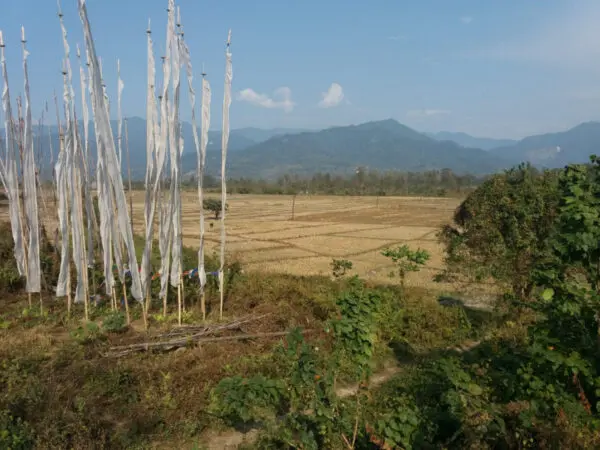Arend Kolhoff
Technical secretary


The Mow river is predominantly a natural river. Its source is in the Bhutan Himalaya and it flows into the Ganges. Gelephu, the third largest town in Bhutan is vulnerable to flooding and the agricultural lands are lost due to erosion. An ESIA is supporting a project that aims to decrease the risk of flooding and erosion whilst the natural character of the river will be maintained as much as possible.
The project aims (i) to protect some essential public services against flooding and (ii) decrease the risk of flooding and loss of agricultural land at both sides of the Mow river at a stretch of 10 km north of Gelephu. The proposed interventions can be categorised in two types:
These types of interventions will require large volumes of rock, gravels and sand. These materials can be mined from the riverbed. One or a combination of these type of interventions are proposed at six sites along the Mow River.
The NCEA was asked by the Netherlands Enterprise Agency (RVO) to advice on the ESIA scoping report. Therefore a site visit was made in February 2020 and the following main recommendations were made:
The NCEA advice was shared with RVO and the responsible Bhutan authorities. The Bhutan Environment Commission has included all NCEAs’ recommendations in the approved scoping report. Our full advice is available on this website.